MPOPHOMENI PROTOTYPING
Attendees went through the list of ideas that had emerged from the initial Design Thinking workshop and through the Biomimicry Challenge to Biology Ideation and voted upon through the WhatsApp poll in the prototyping session.
WORKSHOP
Participants assessed the ideas that emerged from the initial Design Thinking workshop and through the Biomimicry Challenge to Biology Ideation. These ideas were distributed to the wider community network via a WhatsApp poll, and then revisited in the prototyping workshop.
PROCESS STEPS
A brief overview of the core process
PROTOTYPING
DESIGN BRIEF
- Create a solid waste management plan to contribute to a sustainable, self-sufficient township.
- Identify where & who to clean up, transport & sorting requirements, how processing into other products can be achieved and how investment into the township can be achieved. Initiate waste education programs and gardens for food and beauty.
- Improvements will create security, increase tourism, reduce pollutions and encourage business activity. Technology will need to be addressed and municipality will be impacted.
- Leaders, local business, artists, forums, focus groups, NGO's, entrepreneurs, retail outlets, security services and skilled workers can all be involved.
LOW FIDELITY PROTOTYPE
CONCEPTUAL DEVELOPMENT : A SYSTEMS MAP FOR A WASTE MANAGEMENT CENTER
Testing:
The systems map was designed to plan for a Waste Management Center and was highly successful as a preliminary phase to replace a low-fidelity prototype of the proposed center. Troubleshooting potential snags and opening up ideas during the workshop was the perfect starting point for the community.




































